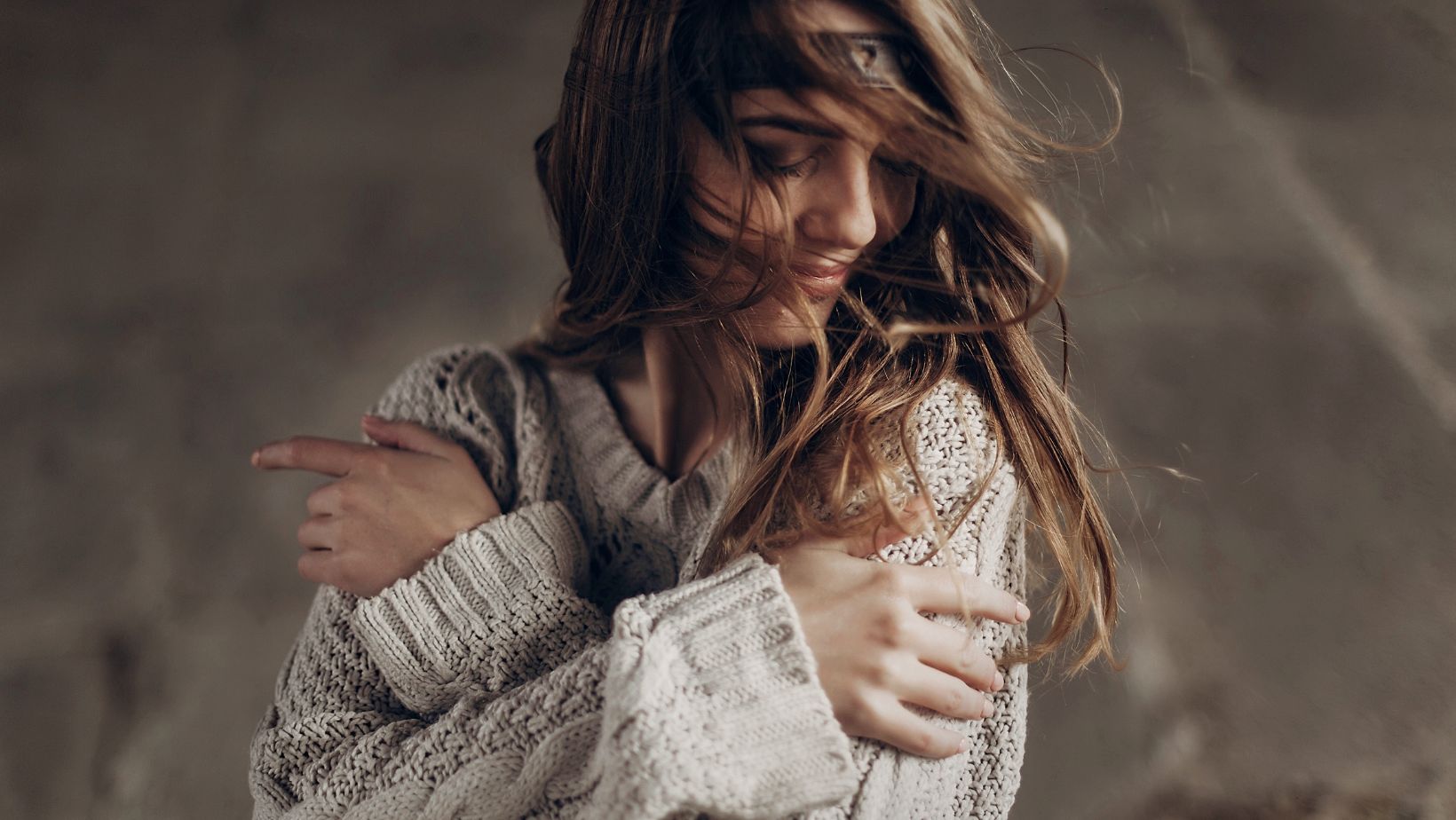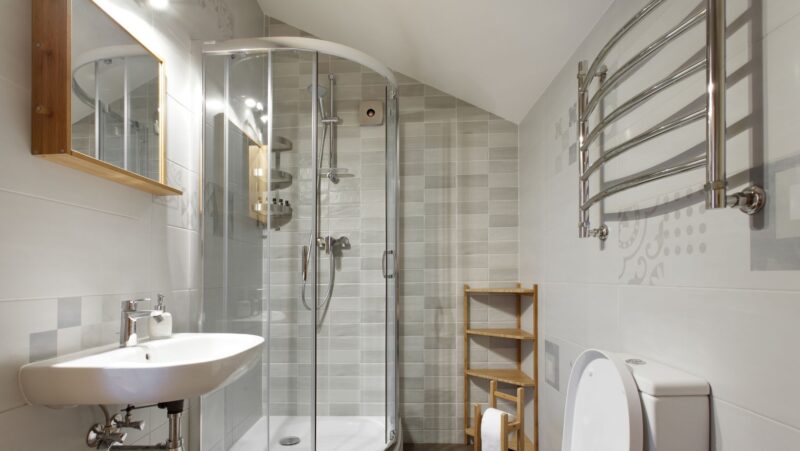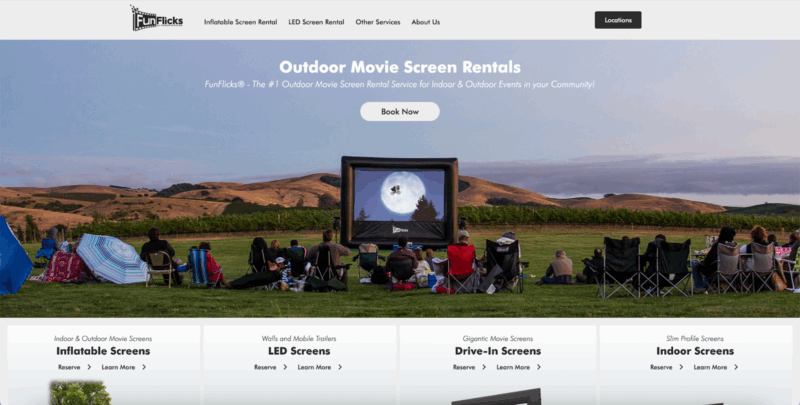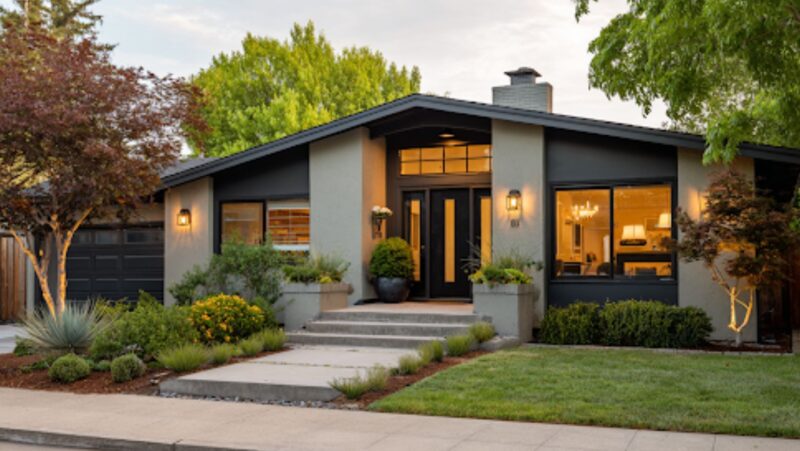Embrace the unconventional. That’s the mantra of the boho lifestyle, a movement that’s all about freedom, creativity, and a deep connection with nature. It’s a way of life that rejects the mainstream in favor of the eclectic, the artistic, and the spiritual.
This isn’t just a trend—it’s a philosophy, a mindset, a way of seeing the world. With roots in the counterculture movements of the 1960s, the boho lifestyle today is a vibrant tapestry of diverse influences and ideas. It’s about living authentically, breaking free of societal norms, and finding beauty in the simple and the everyday.
Join me as we delve into the heart of the boho lifestyle, exploring its origins, its principles, and its impact on everything from fashion and home decor to travel and wellness. Get ready to discover a world where less is more, and freedom is the ultimate luxury.
Peeling back the layers, let’s delve deeper into the understanding of the Boho Lifestyle. As we continue our journey, we’ll focus on the distinct aspects of this unique lifestyle.
Boho Lifestyle
The term ‘Boho’ stems from ‘bohemian’ and is more than a trend, it’s a way of life. Reflective of an unconventional pursuit, the boho lifestyle emphasizes an appreciation for artistic, free-spirited, and mindful elements. This way of living nurtures a holistic wellness approach, engrossing individuals in simple living, organic food, yoga, and meditation. It’s also reflected in a distinctive fashion style that blends vintage, ethnic, and earthy elements, showcasing a remarkable and refreshing divergence from mainstream styles.
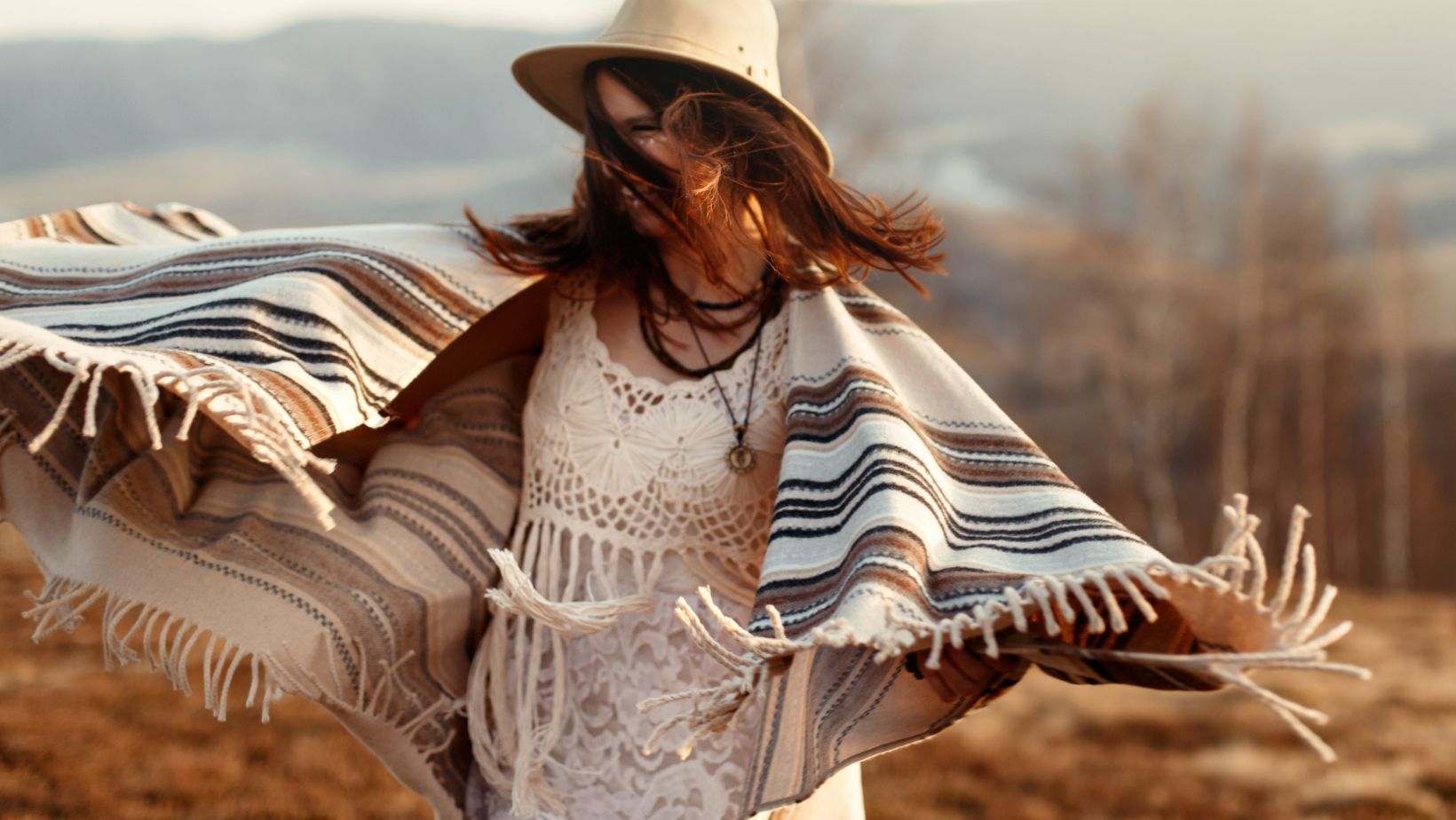
To expound, areas associated with the boho lifestyle include:
- Fashion: Mix traditional and modern pieces, often including floral prints, paisley patterns, and maxi dresses.
- Décor: Eclectic and expressive home environments, incorporating natural elements like plants and handmade items.
- Mindset: Prioritize personal well-being and inner peace, promoting minimalism and a rejection of materialism.
Origins of the Boho Lifestyle
Unraveling the origins, the Boho lifestyle can be traced back to the late 18th century with the French Revolution’s advent. As the French artists took to the streets, they pioneered a life against the societal and political structures of that time. This countercultural lifestyle thrived among artists, intellectuals, and adventurers. Over the decades, it has morphed and adapted, with the 1960s and early 2000s being distinctive periods of resurgence.
Delving further, the significant periods include:
- French Revolution: Artists lived in deprivation, creating a counterculture strongly opposed to societal norms.
- 1960s: The ‘hippie’ movement brought a renewed interest in bohemianism, embracing peace, love, and freedom.
- Early 2000s: The era saw a return to ‘boho chic,’ blending bohemian and hippie influences into modern fashion and decor.
Thus, the evolution of the Boho lifestyle is steeped in countercultural movements, embodying a spirit of artistic freedom and nonconformity that still resonates today.
Elements of the Boho Lifestyle
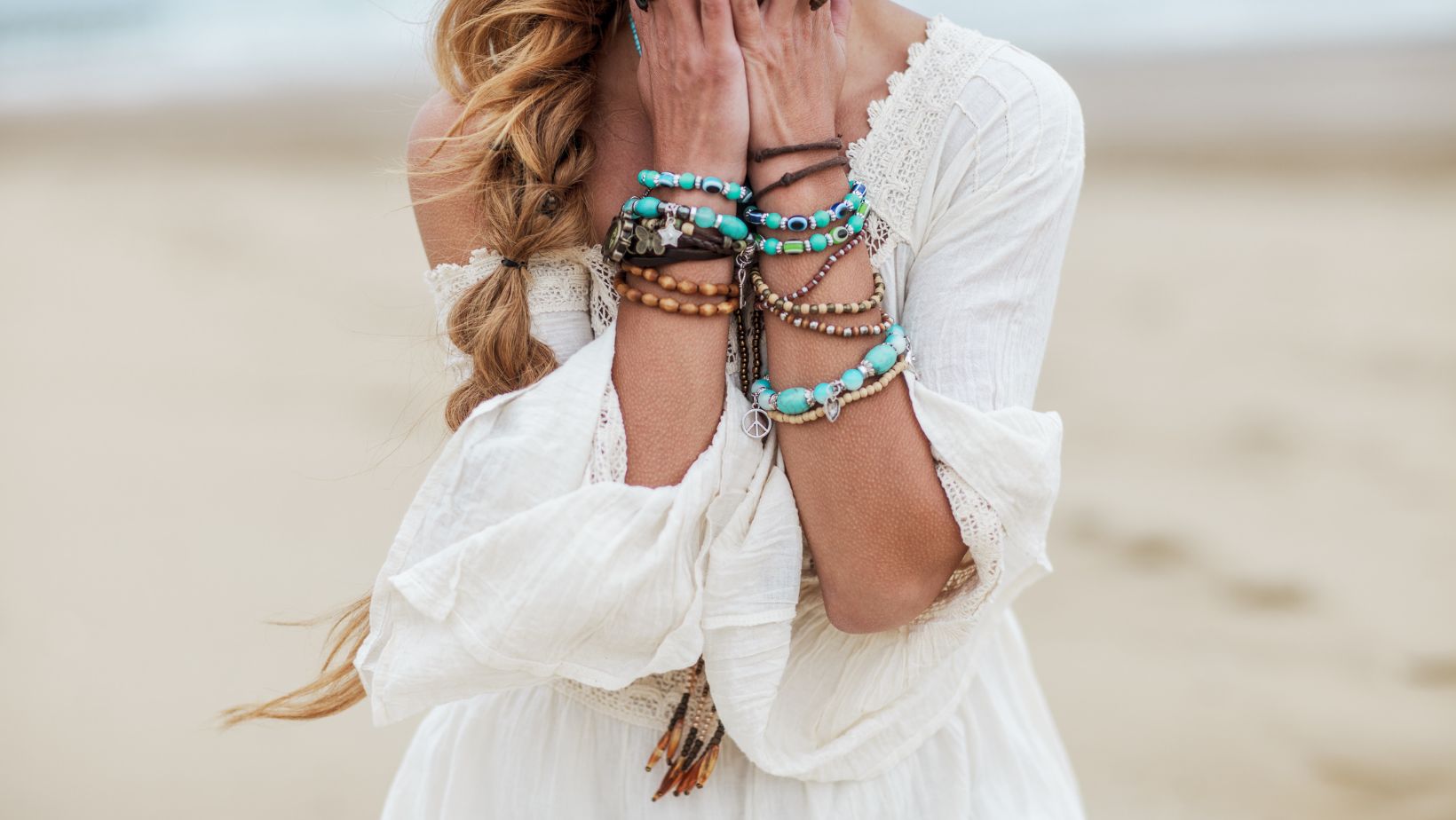
The boho lifestyle, grounded in artistic expression and simplicity, branches off into distinct elements. These elements not only speak volumes about this culture’s ethos but also reveal it as a rich tapestry of design and consciousness.
Boho Fashion: Mixing Patterns and Textures
One of the most visible aspects of the boho lifestyle is its influence on fashion. Mixing patterns and textures define boho fashion. It’s not uncommon to spot boho enthusiasts adorning layered clothing, mixing vibrant colors, floral designs, and earthy tones, complemented by chunky jewelry. Pieces are often loose or flowing, favoring comfort over structured silhouettes, representing a refusal to conform to typical fashion norms. Think maxi dresses in bold prints, accessorized with leather bags adorned with fringe, for a vivid mental image.
Boho Home Decor: A Fusion of Colors and Natural Elements
Moving on to home decor, the boho style shines brightly. It’s a colorful fusion of natural elements, vintage items, and artisan goods. Distinctly different from minimalist or modern styles, boho decor is remarkable for its spirited use of color and pattern. For instance, a typical boho-themed living room might feature an eclectic mix of patterned rugs, scattered colorful cushions, wicker furniture, macrame wall hangings, and plants in abundance.

